HOW TO PROVE THAT : 49+56(N^2 +1) CAN NEVER BE A PERFECT SQUARE OF SOME INTEGER K (WHERE N BELONGS TO THE SET OF NON NEGATIVE INTEGERS ) . HINT : CONGRUENCE MODULO , PARITY
HOW TO PROVE THAT :
49+56(N^2 +1) CAN NEVER BE A PERFECT SQUARE OF SOME INTEGER K (WHERE N BELONGS TO THE SET OF NON NEGATIVE INTEGERS ) .
HINT : CONGRUENCE MODULO , PARITY
Read less
Let’s simplify the expression: \[ 49 + 56(n^2 + 1) = 49 + 56n^2 + 56 = 56n^2 + 105 \] We need to prove that: \[ k^2 \ne 56n^2 + 105 \quad \text{for any integer } k \text{ and } n \in \mathbb{N}_0 \] Proof by Contradiction: Assume there exists some \( n \in \mathbb{N}_0 \) and \( k \in \mathbb{Z} \)Read more
Let’s simplify the expression:
\[
49 + 56(n^2 + 1) = 49 + 56n^2 + 56 = 56n^2 + 105
\]
We need to prove that:
\[
k^2 \ne 56n^2 + 105 \quad \text{for any integer } k \text{ and } n \in \mathbb{N}_0
\]
Proof by Contradiction:
Assume there exists some \( n \in \mathbb{N}_0 \) and \( k \in \mathbb{Z} \) such that:
\[
k^2 = 56n^2 + 105
\]
Rewriting:
\[
k^2 – 56n^2 = 105
\]
This is a Diophantine equation of the form:
\[
k^2 – 56n^2 = 105
\]
It resembles a generalized Pell’s equation, but unlike standard Pell’s equations, this has a non-zero right-hand side.
To find integer solutions, test small values of \( n \):
– \( n = 0 \Rightarrow k^2 = 105 \) → not a perfect square
– \( n = 1 \Rightarrow k^2 = 56 + 105 = 161 \) → not a perfect square
– \( n = 2 \Rightarrow k^2 = 224 + 105 = 329 \) → not a perfect square
– \( n = 3 \Rightarrow k^2 = 504 + 105 = 609 \) → not a perfect square
– \( n = 4 \Rightarrow k^2 = 896 + 105 = 1001 \) → not a perfect square
– \( n = 5 \Rightarrow k^2 = 1400 + 105 = 1505 \) → not a perfect square
– \( n = 6 \Rightarrow k^2 = 2016 + 105 = 2121 \) → not a perfect square
And so on. No value of \( k^2 = 56n^2 + 105 \) becomes a perfect square for any non-negative integer \( n \).
Also note:
For \( k^2 \equiv 56n^2 + 105 \pmod{8} \), since:
\[
56n^2 \equiv 0 \pmod{8}, \quad \Rightarrow k^2 \equiv 105 \equiv 1 \pmod{8}
\]
Only \( k \equiv 1, 3, 5, 7 \pmod{8} \) will work. However, checking modulo 7:
\[
56n^2 + 105 \equiv 0n^2 + 0 = 0 \pmod{7}
\Rightarrow k^2 \equiv 0 \pmod{7}
\Rightarrow k \equiv 0 \pmod{7}
\]
So \( k = 7m \), and we get:
\[
(7m)^2 = 56n^2 + 105 \Rightarrow 49m^2 = 56n^2 + 105
\Rightarrow 7m^2 = 8n^2 + 15
\]
Now check modulo 7:
\[
8n^2 + 15 \equiv m^2 \pmod{7}
\Rightarrow (8n^2 + 15) \mod 7
\]
But trying all \( n = 0 \) to \( 6 \), none of the RHS becomes a multiple of 7 ⇒ contradiction.
Conclusion:
\[
See less\boxed{49 + 56(n^2 + 1) \text{ is never a perfect square for any } n \in \mathbb{N}_0}
\]